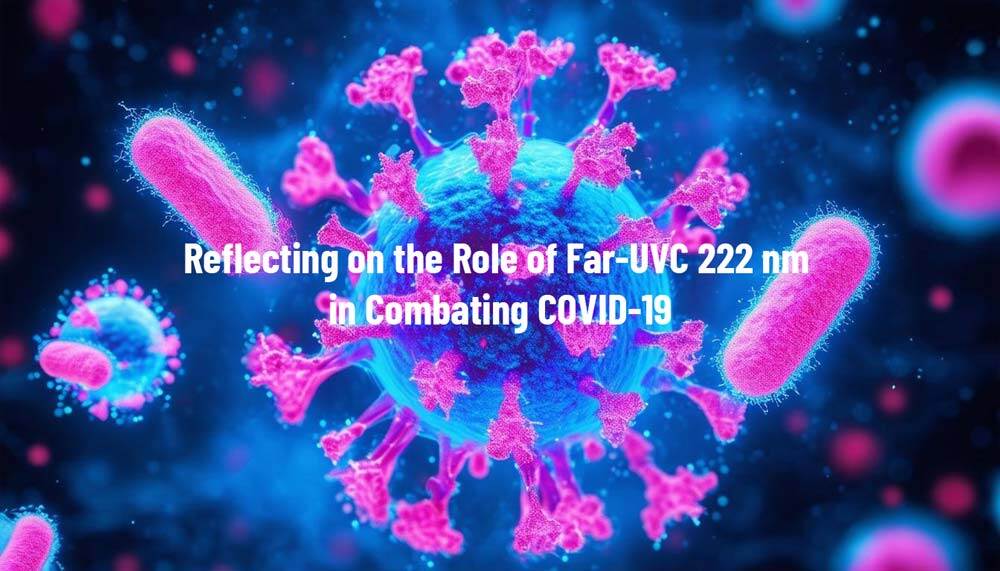2 min read
Far-UVC: A Possible Breakthrough in Hospital Decontamination
 Christian K. Holm
:
10 Oct, 2024
Christian K. Holm
:
10 Oct, 2024
.jpg)
In the relentless pursuit of advancing infection control measures within healthcare environments, recent research has unveiled the substantial benefits of far ultraviolet-C (Far-UVC) technology. This study, published in the esteemed journal Infection Control & Hospital Epidemiology by Claire E. Kaple et al., examines the efficacy of Far-UVC in decontaminating areas in proximity to sinks - a critical points of concern in hospital settings.
Efficacy of Far UVC in Decontamination
The study identifies that the dispersal of gram-negative bacilli from sink drains has been a source of transmission in multiple hospital outbreaks. To address this, researchers conducted a detailed evaluation at an acute care hospital, focusing on the frequency of patient care supplies and other frequently touched items within 1 meter of sink drains.
The investigation specifically assessed the decontamination capability of a ceiling-mounted Far-UVC system. Testing was conducted on both sink bowls and adjacent surfaces, with an additional assessment of the impact of employing a wall-mounted reflective film to enhance light distribution.
Key Findings and Practical Applications
The results were compelling, demonstrating that Far-UVC technology substantially reduces bacterial loads. Notably, within 45 minutes, the technology achieved a 1.5 log10 colony-forming unit (CFU) reduction for pathogens including Pseudomonas aeruginosa, Enterobacter cloacae, and Candida auris on steel disk carriers. Real-world applications corroborated these findings, showing significant reductions across various surfaces:
Directly exposed surfaces: Achieved a 1.9 log10 CFU reduction.
Shaded surfaces: Registered reductions ranging from 0.4 to 1.8 log10 CFU.
The presence of a reflective surface notably enhanced these effects in shaded areas, showing a new approach to maximise the efficacy of Far-UVC in complex environments.
Implications for Healthcare Settings
This research highlights the potential of Far-UVC technology as an essential addition to existing infection control measures within hospitals. The proactive implementation of this technology can significantly mitigate the risk of infection by ensuring higher decontamination levels around high-risk zones such as sinks. Furthermore, the study's findings advocate for the integration of reflective surfaces to enhance the reach and efficiency of UVC in decontaminating shaded areas.
The incorporation of Far-UVC technology represents an important stride towards safer and more efficient healthcare environments. By adopting such advanced decontamination strategies, healthcare facilities can enhance patient safety, reduce infection rates, and uphold the highest standards of hygiene.
Frequently Asked Questions
-
Why are sinks in hospital settings considered high-risk areas for contamination?
-
Does Far-UVC light effectively decontaminate shaded areas around sinks?
According to this study While Far-UVC light reduced CFU counts on shaded surfaces by 0.4–1.8 log₁₀, its efficacy was enhanced with the addition of a reflective surface, improving decontamination in these areas.
-
How does Far-UVC technology compare to traditional cleaning methods in hospitals?
Far-UVC provides continuous, automated decontamination, potentially reducing reliance on manual cleaning and lowering the risk of human error, thereby enhancing overall infection control.
-
What pathogens are most effectively targeted by Far-UVC light near hospital sinks?
The study showed significant reductions in pathogens such as Pseudomonas aeruginosa, Enterobacter cloacae, and Candida auris with Far-UVC exposure.
For a detailed exploration of the study, we invite you to review the full text here.
 UV222™
UV222™ UV222 Linear
UV222 Linear UV222 Downlight
UV222 Downlight Vertex 222
Vertex 222.png) UV222 Pendant
UV222 Pendant.png) UV222 Booth
UV222 Booth.png) UV222 Step-On
UV222 Step-On.png) UV222 Cleanroom Downlight
UV222 Cleanroom Downlight UV222 Dual Downlight 60x60
UV222 Dual Downlight 60x60 UV222 Material Airlock
UV222 Material Airlock UV222 Ambulance
UV222 Ambulance UV222 Compact
UV222 Compact UV222 Industrial
UV222 Industrial.jpg)
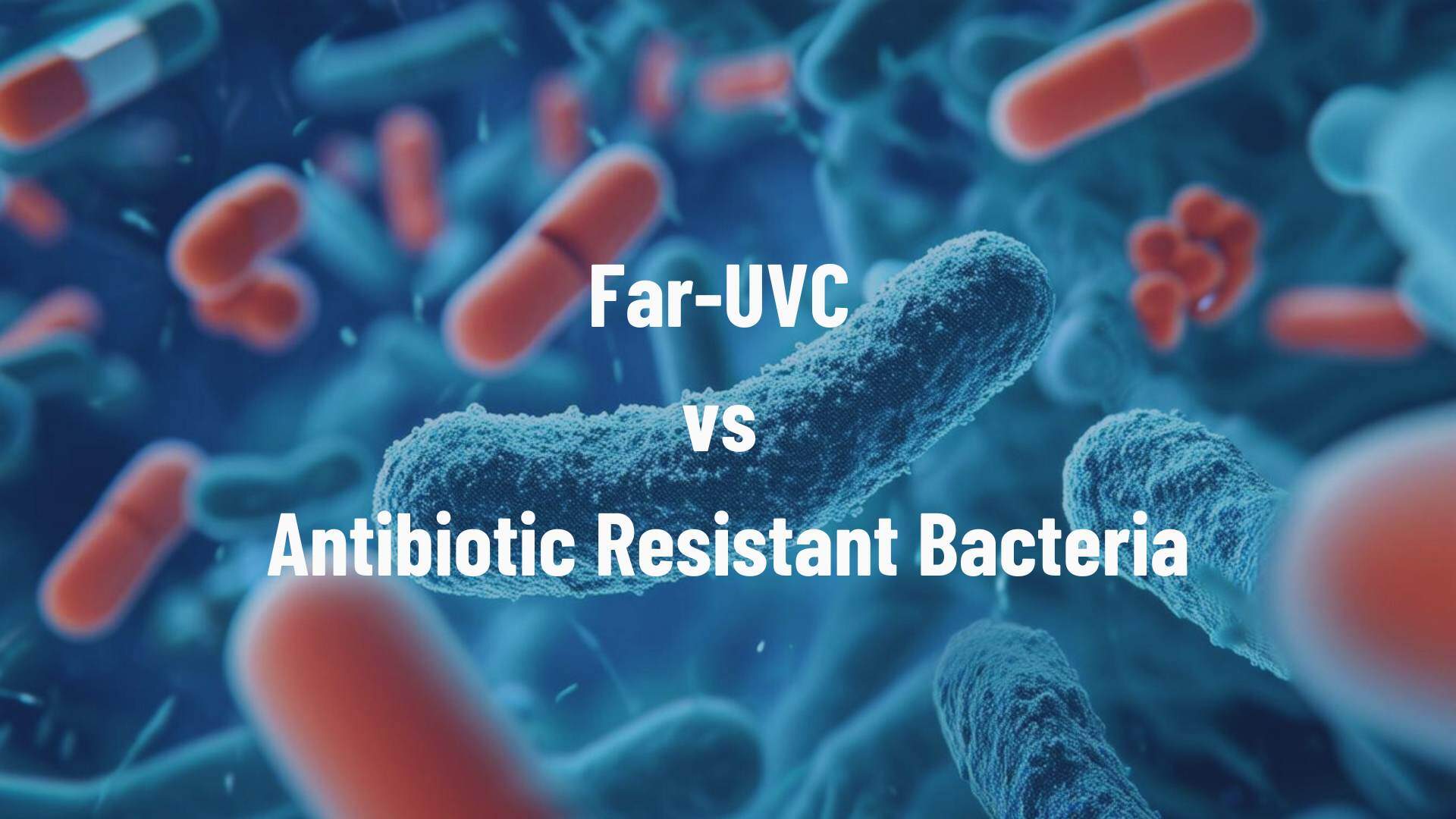
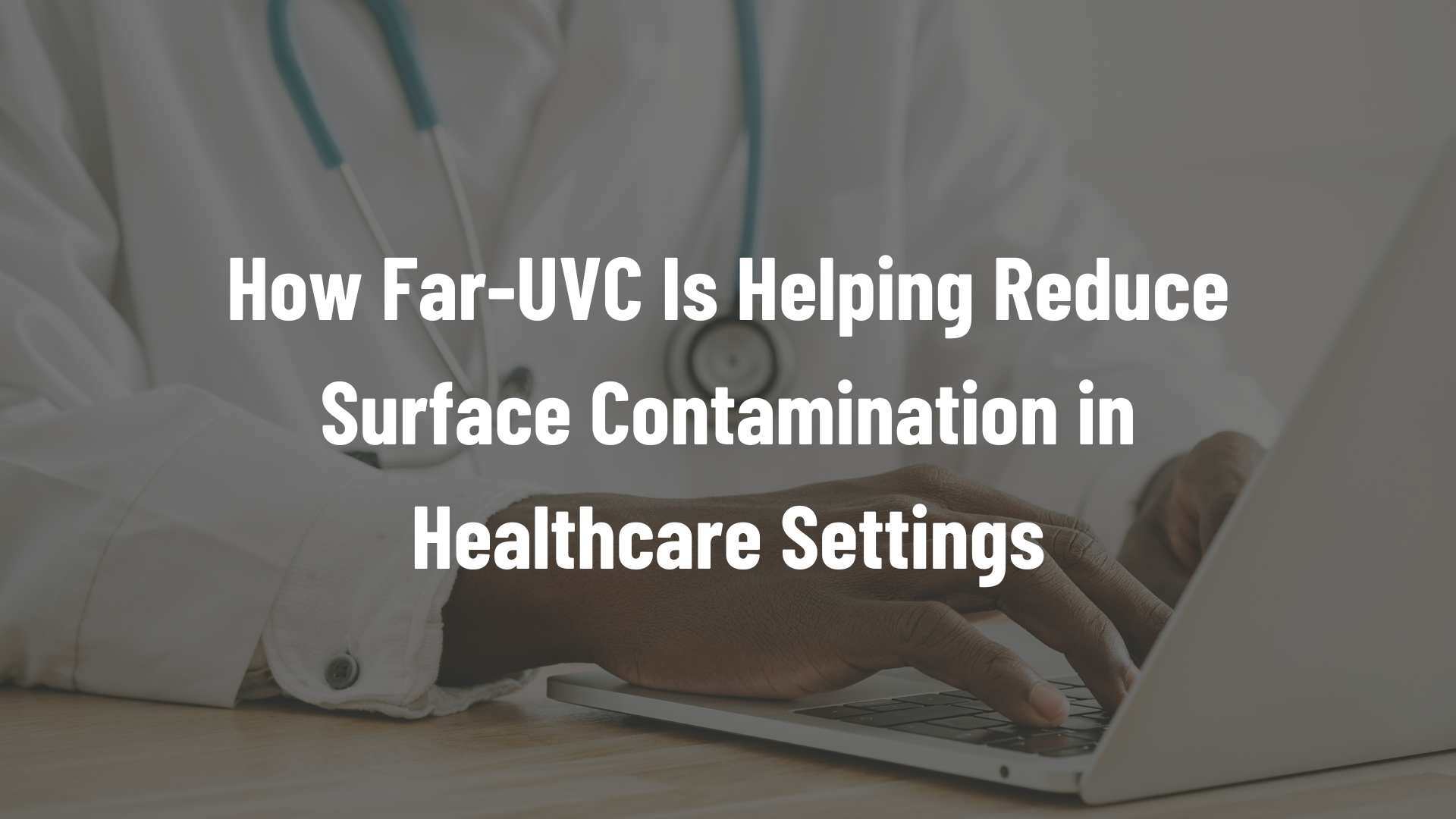
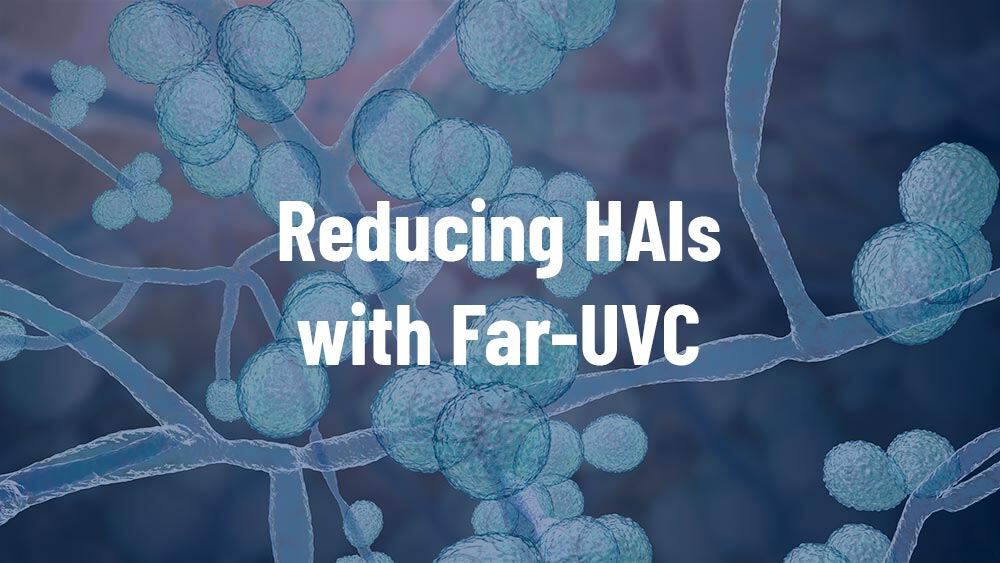
.jpg)
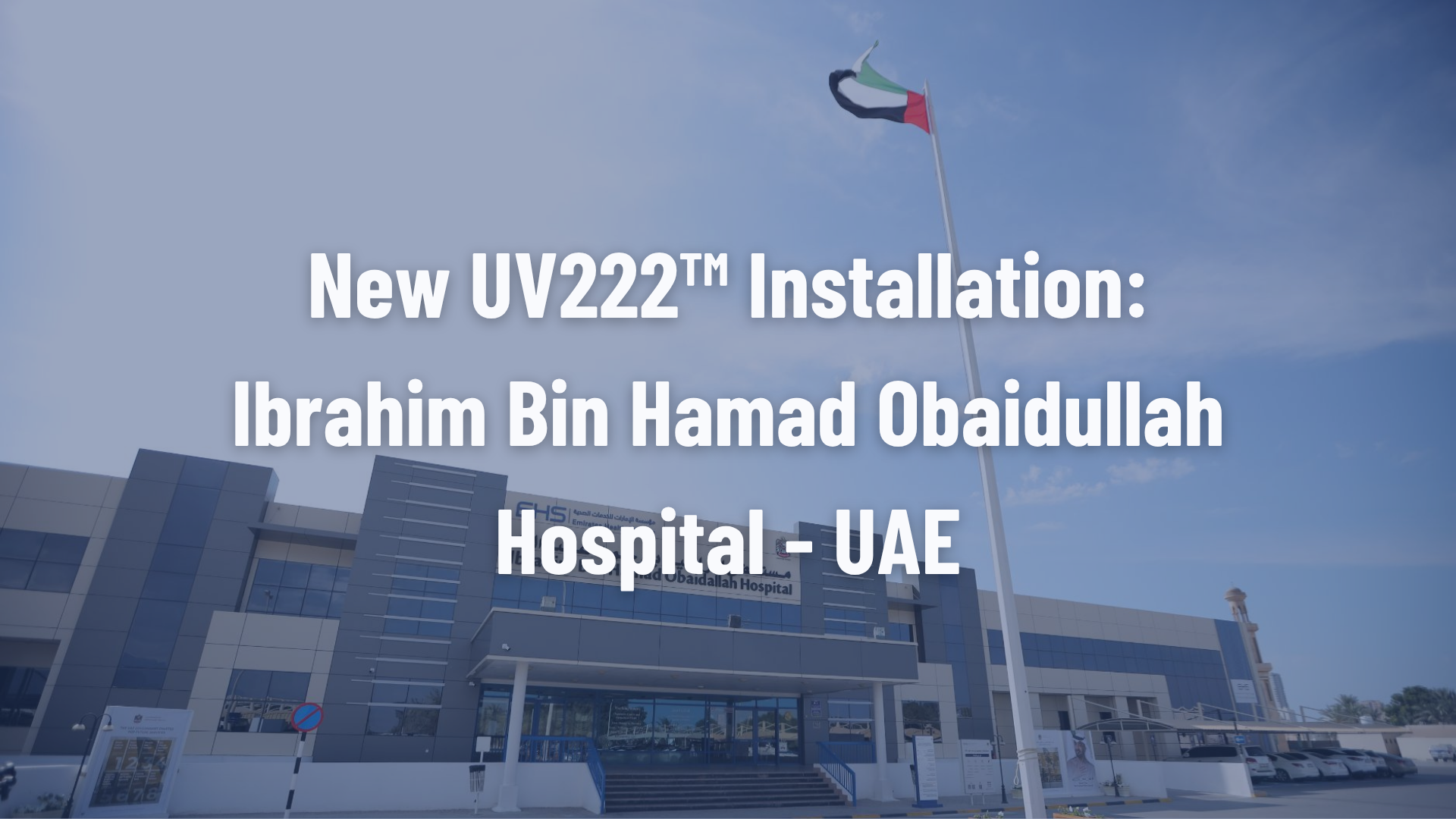
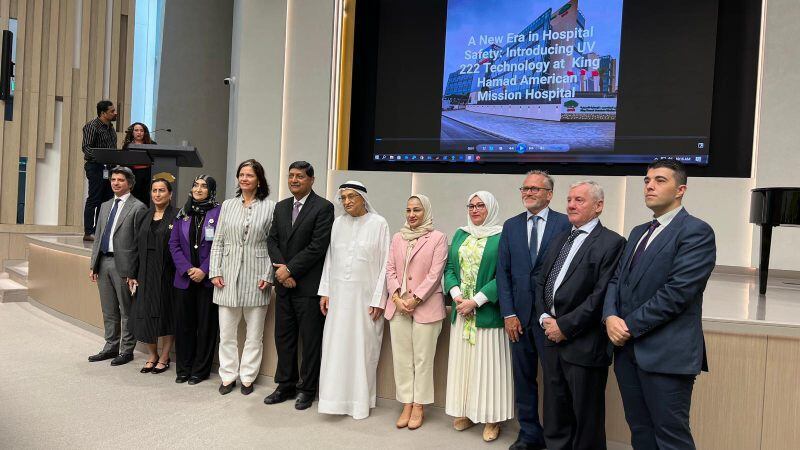
.jpg)
.jpg)
